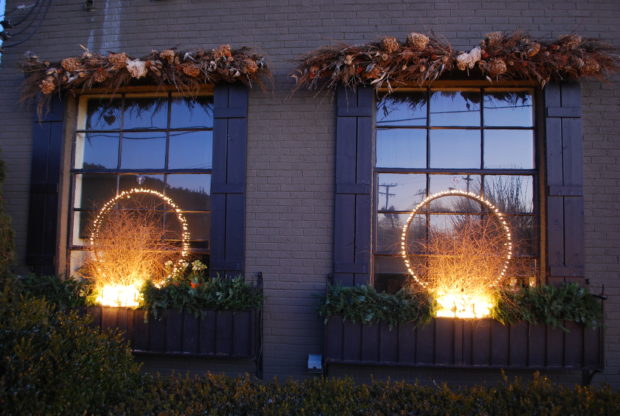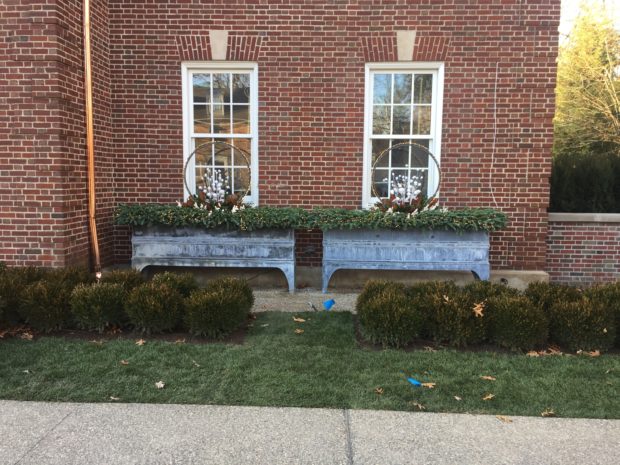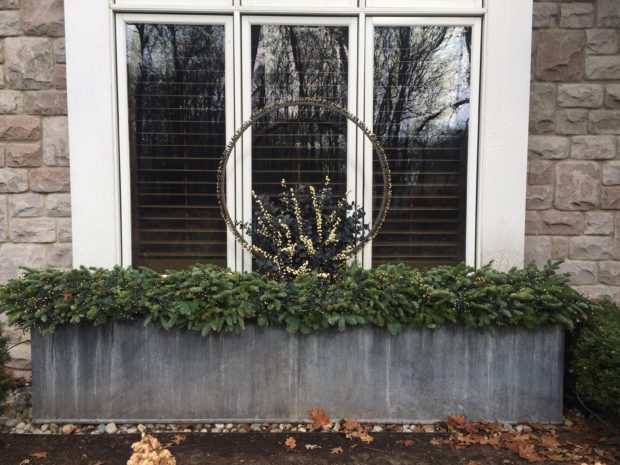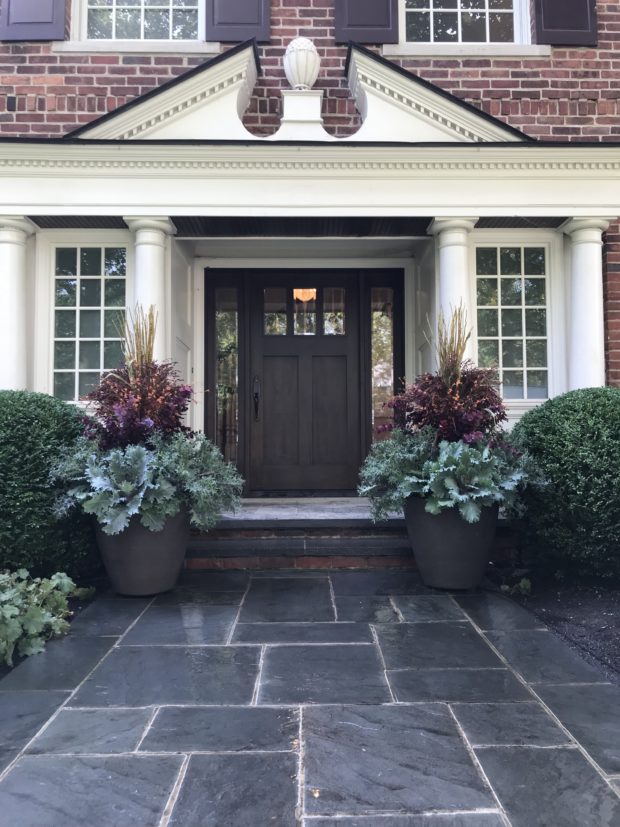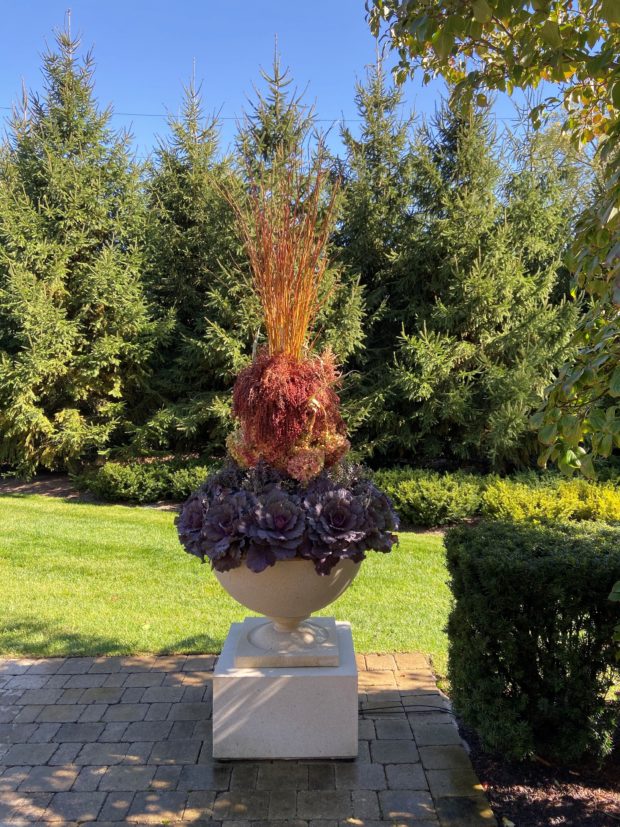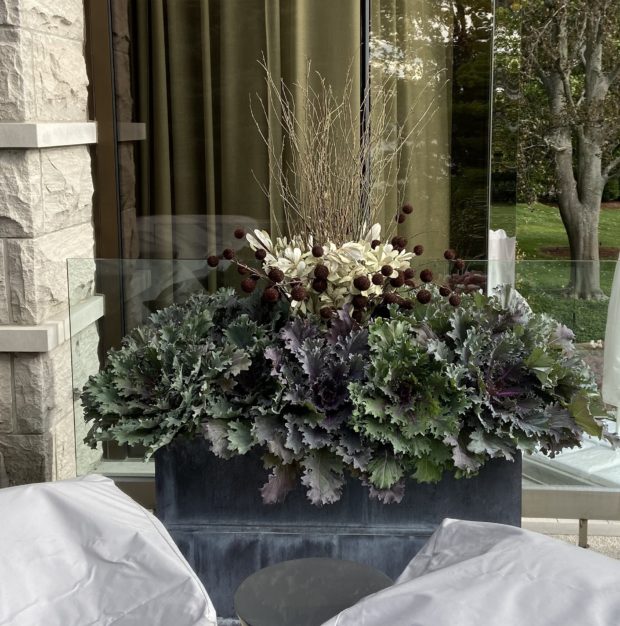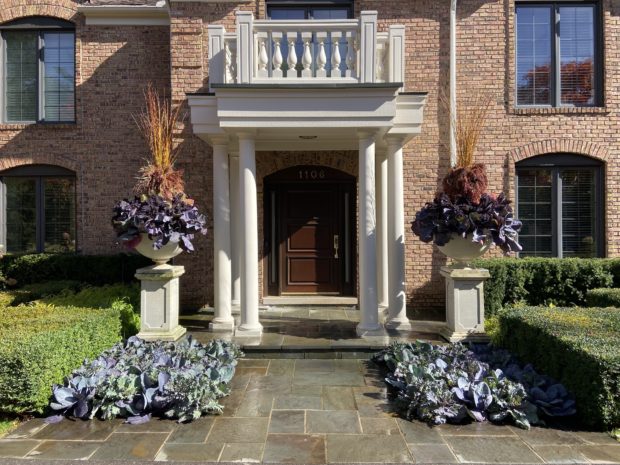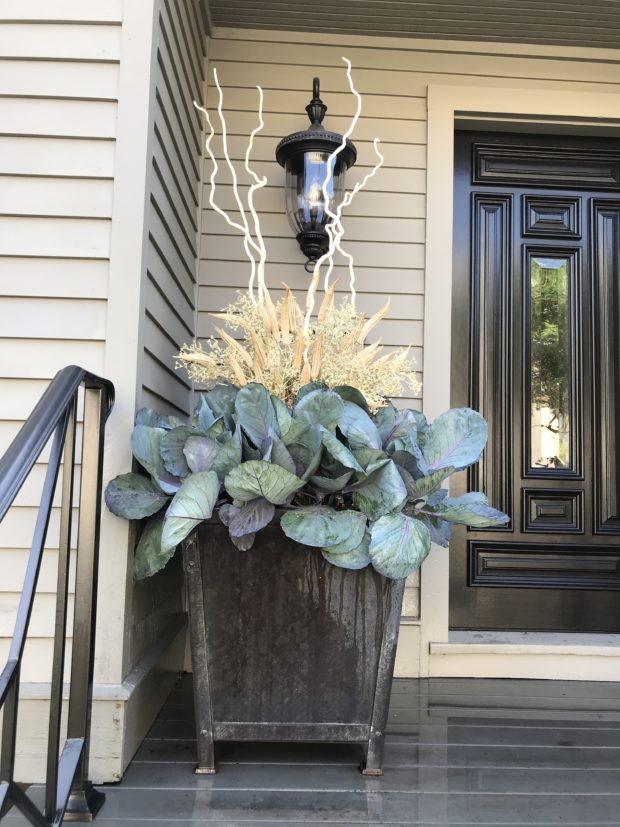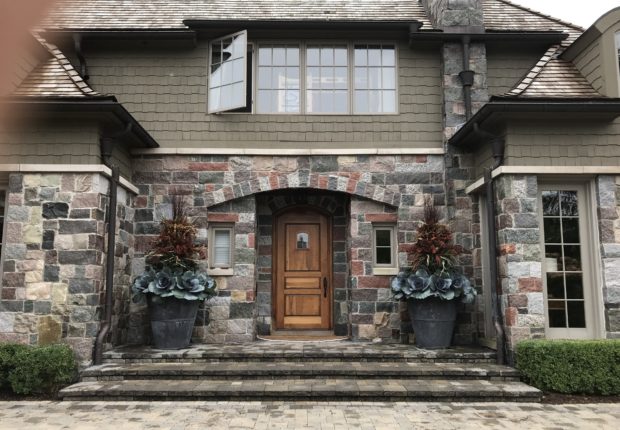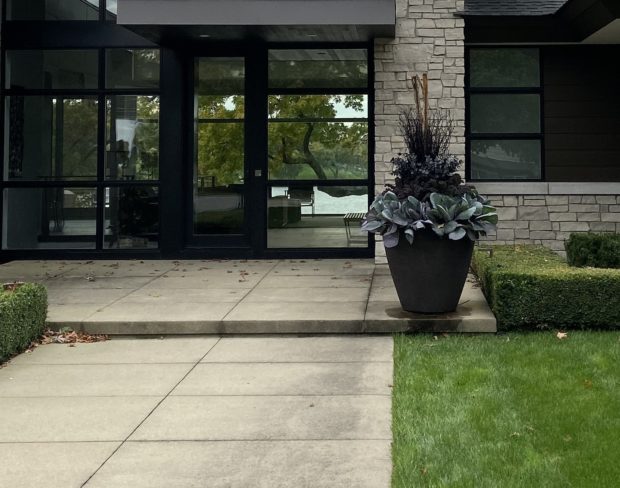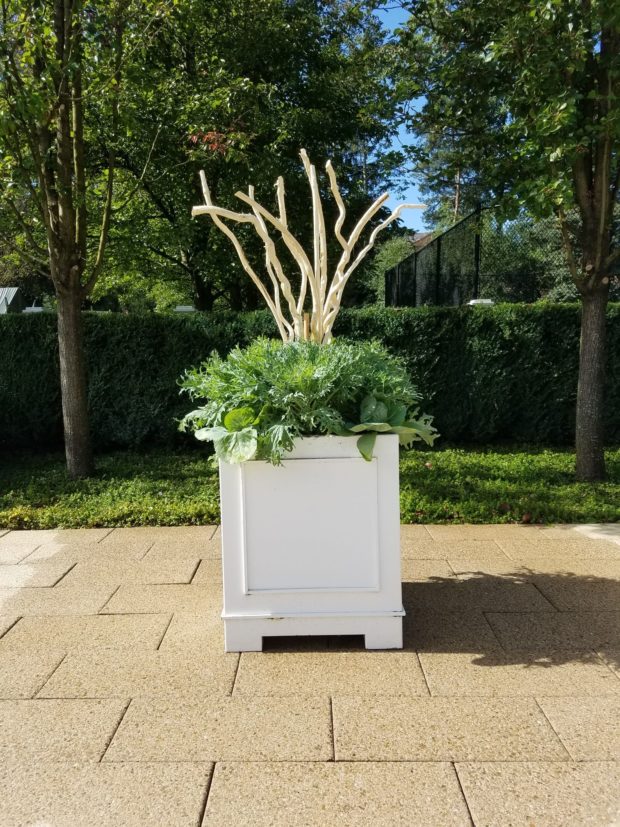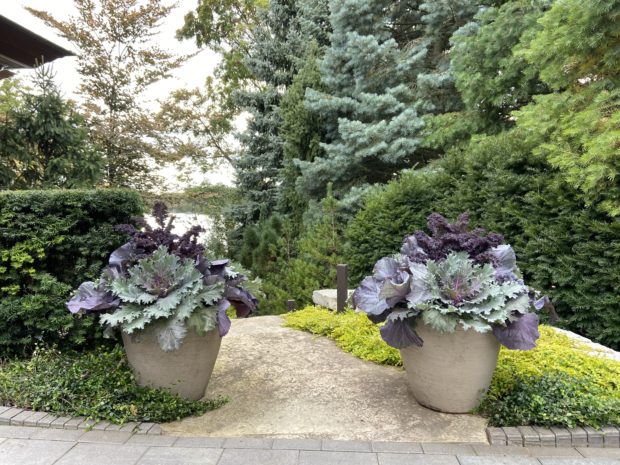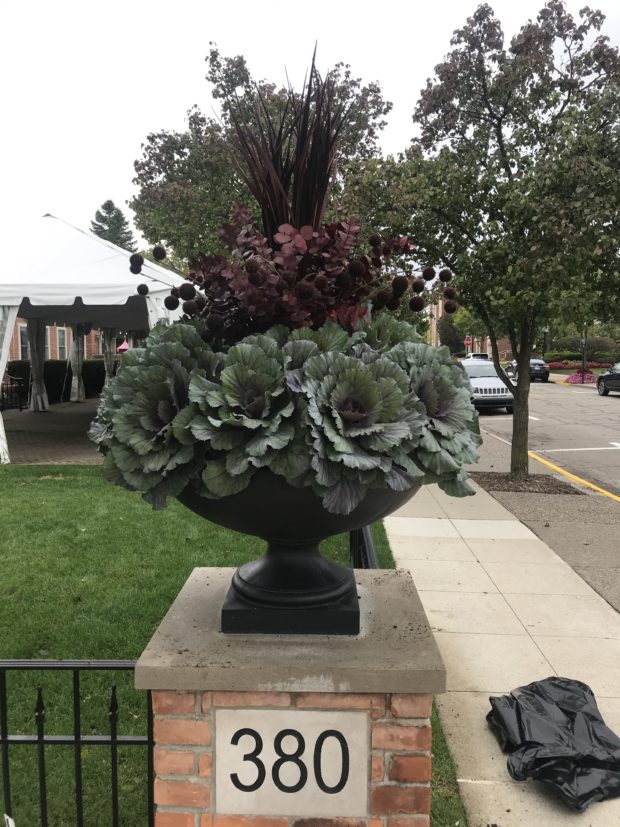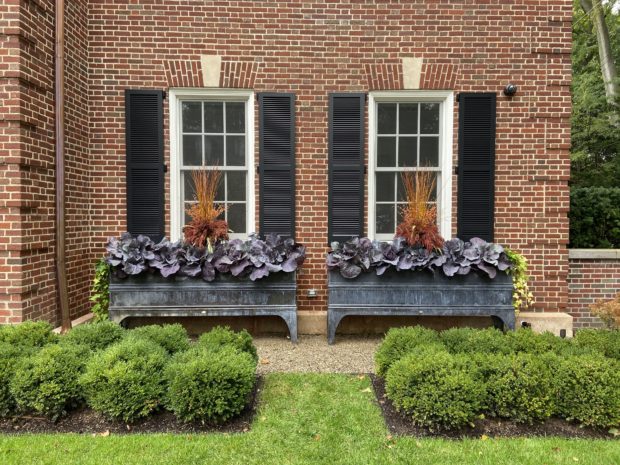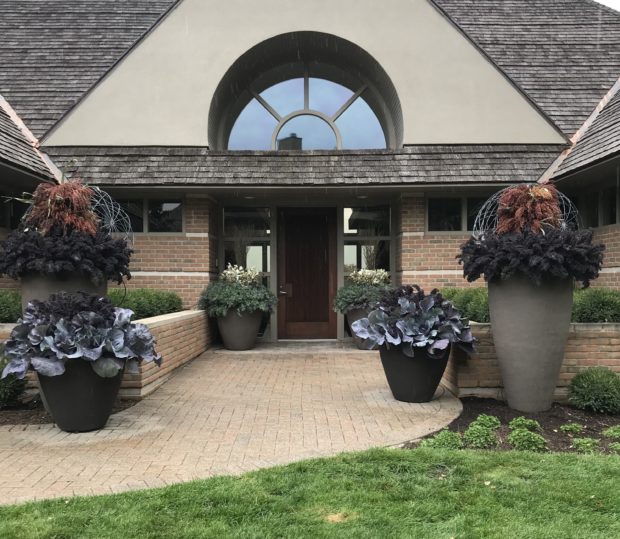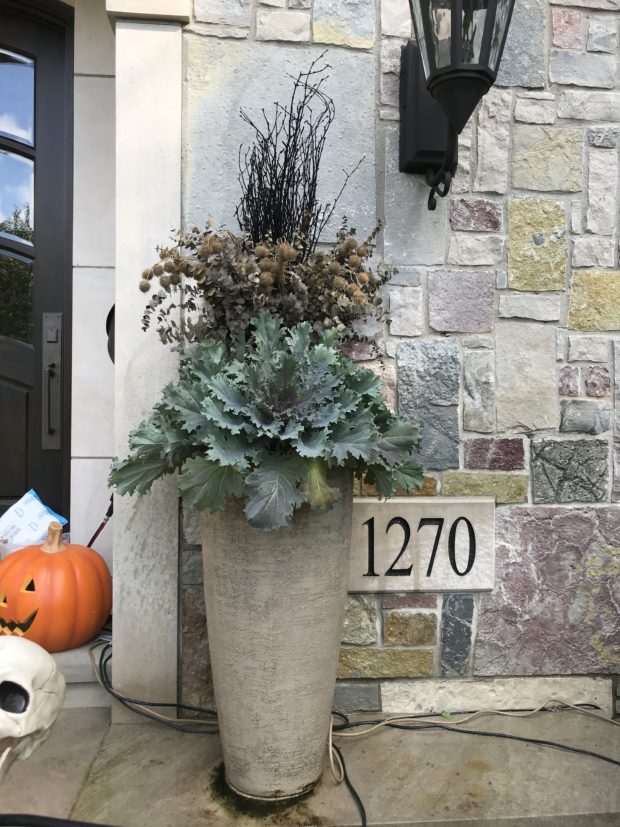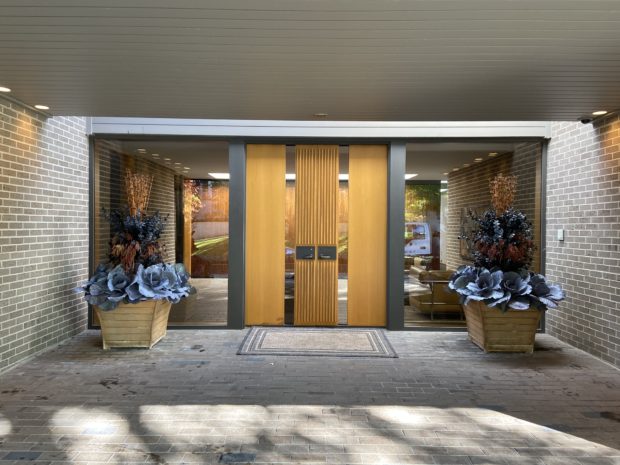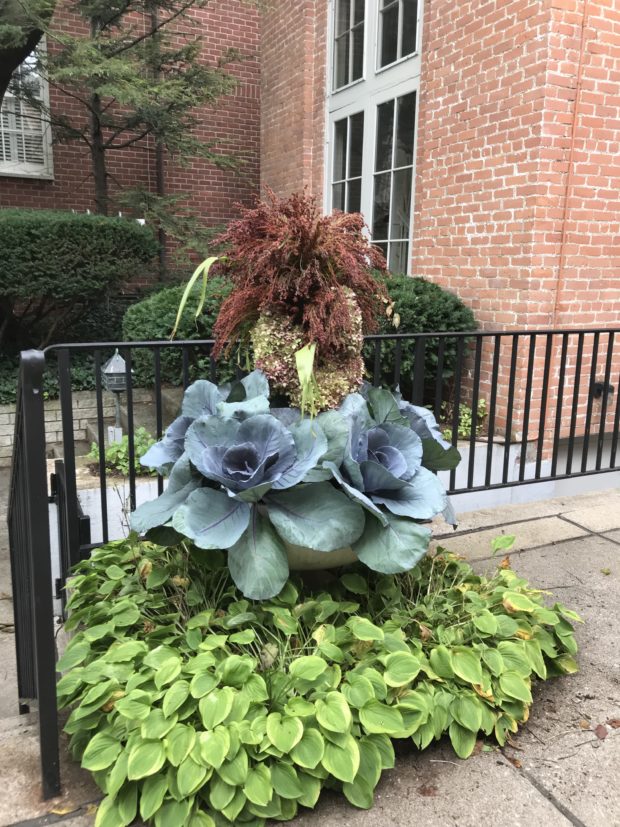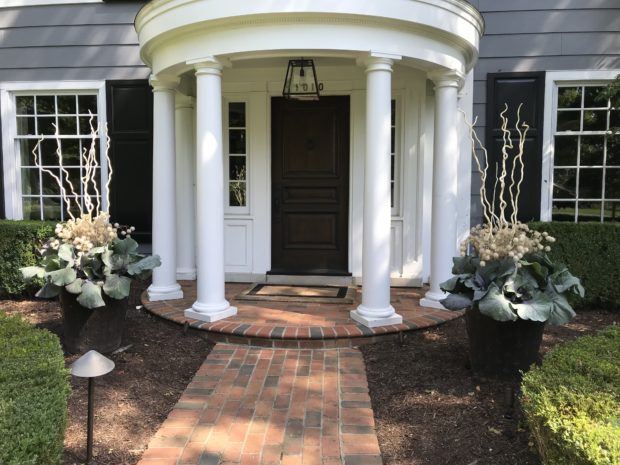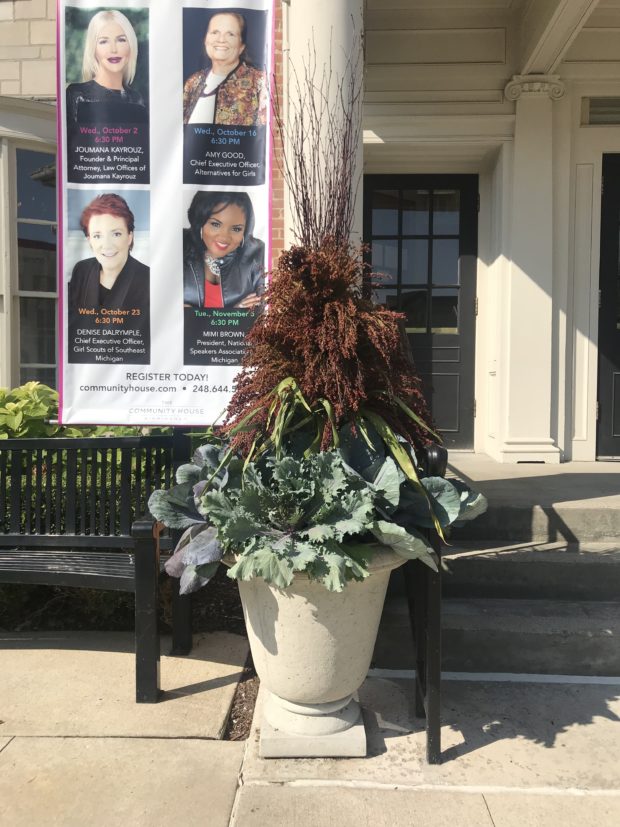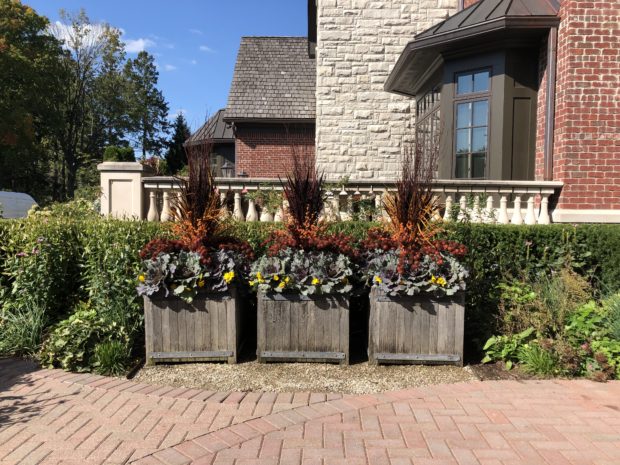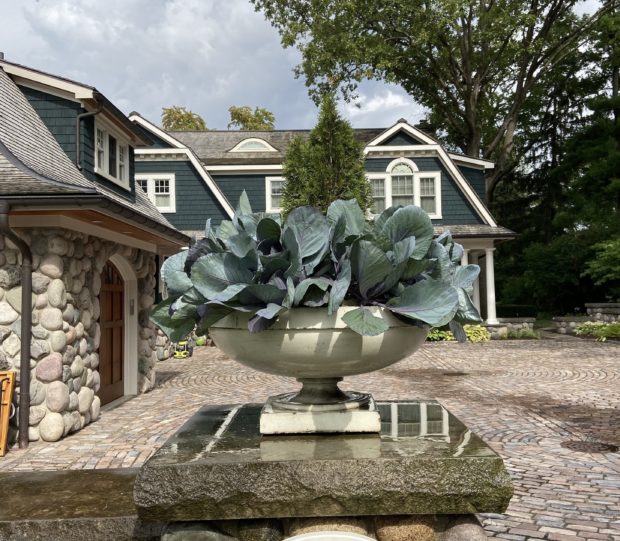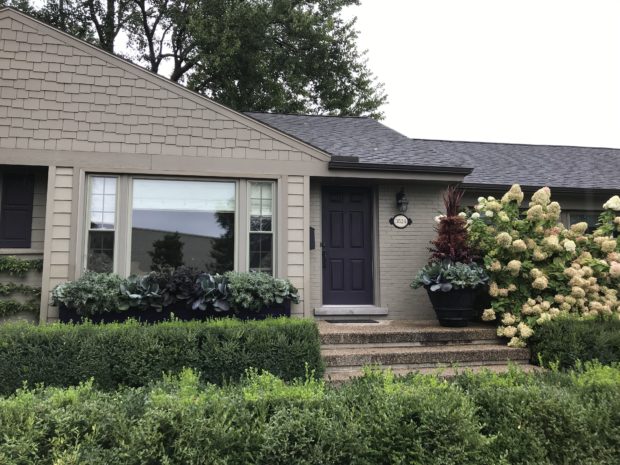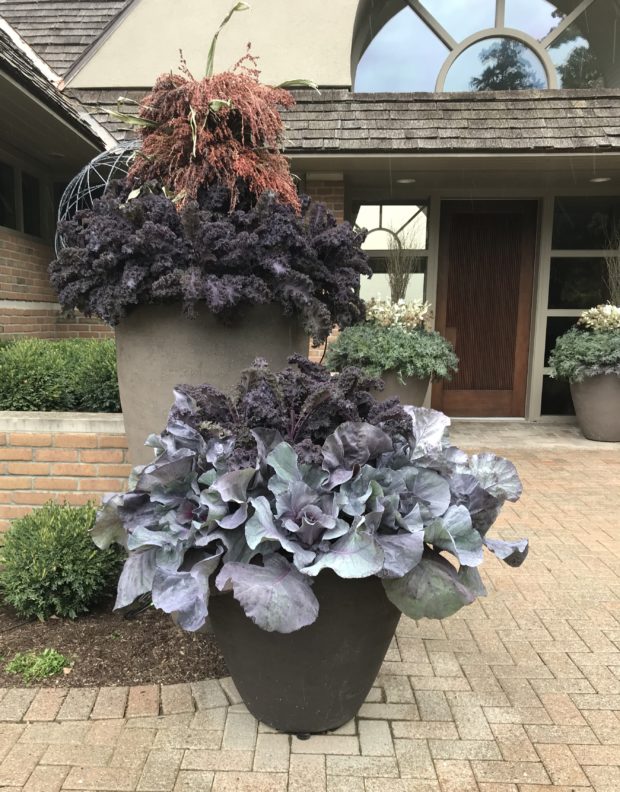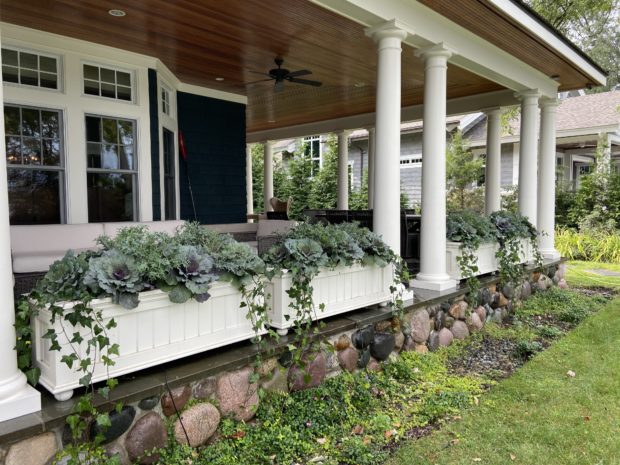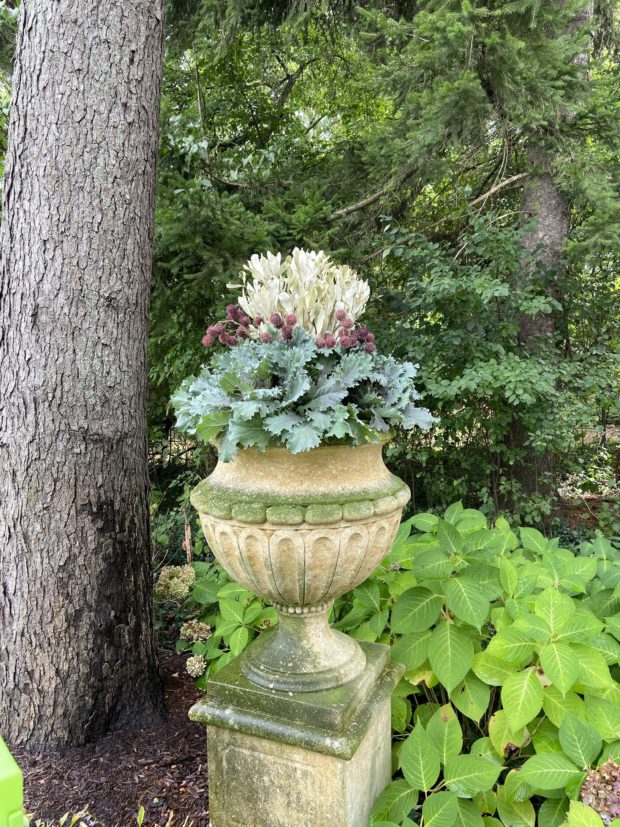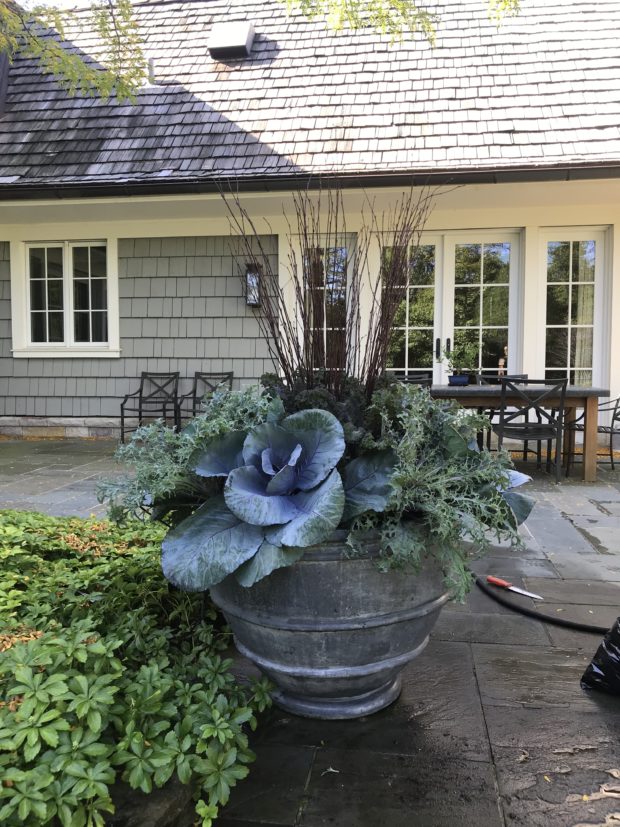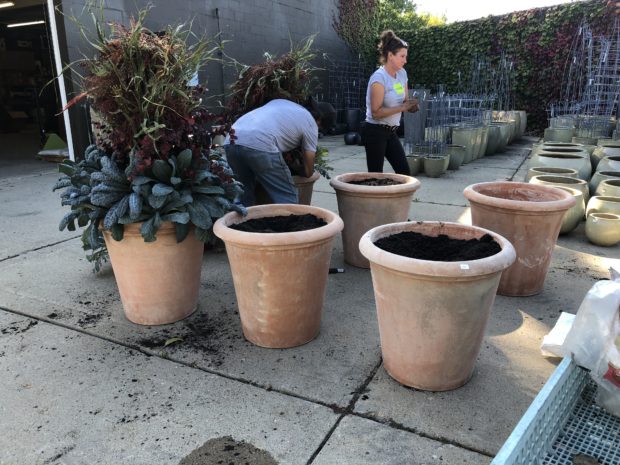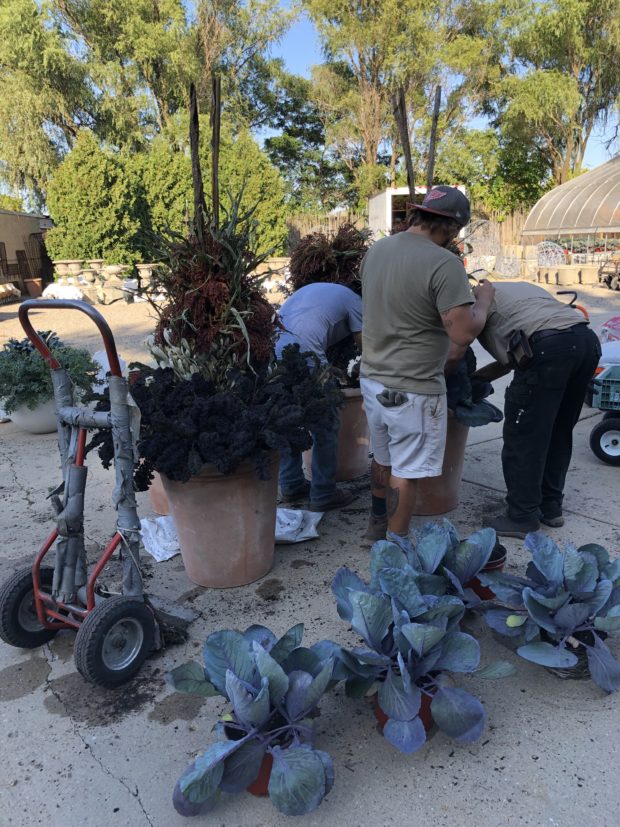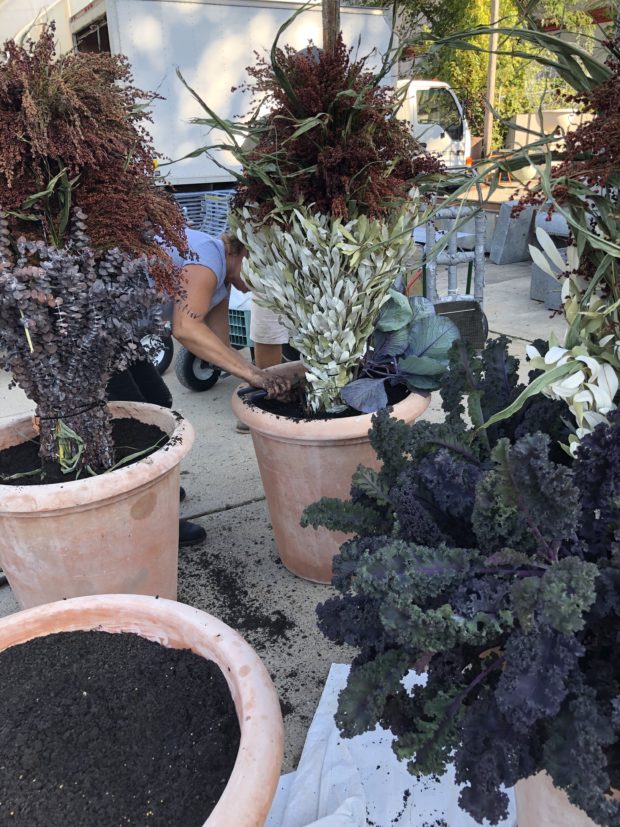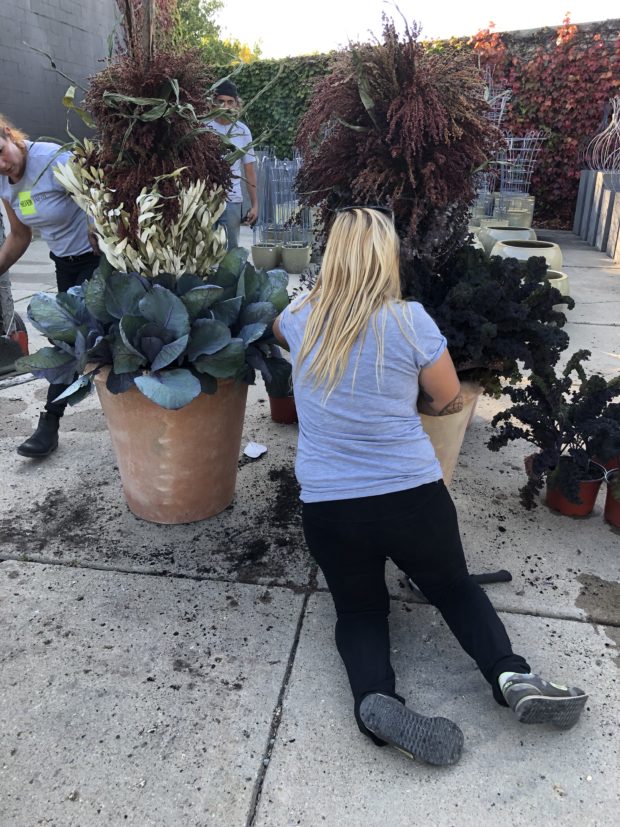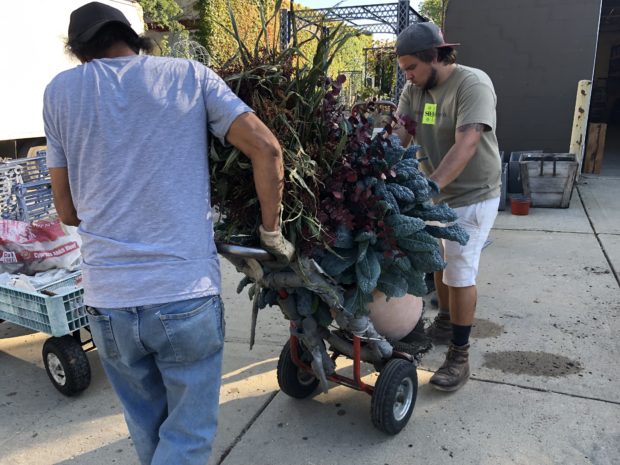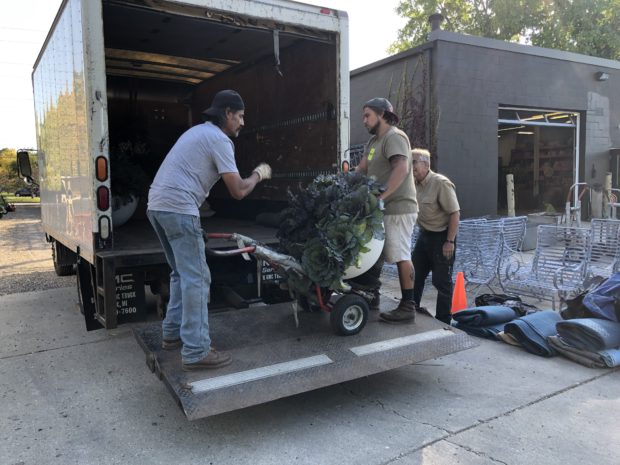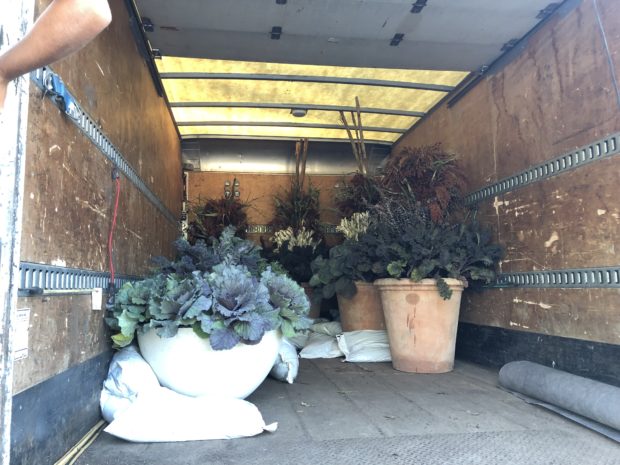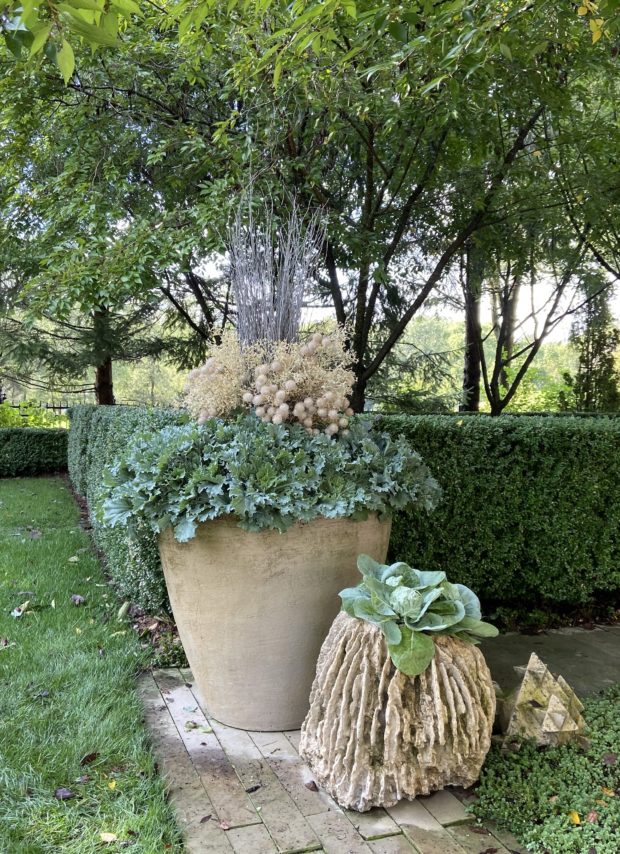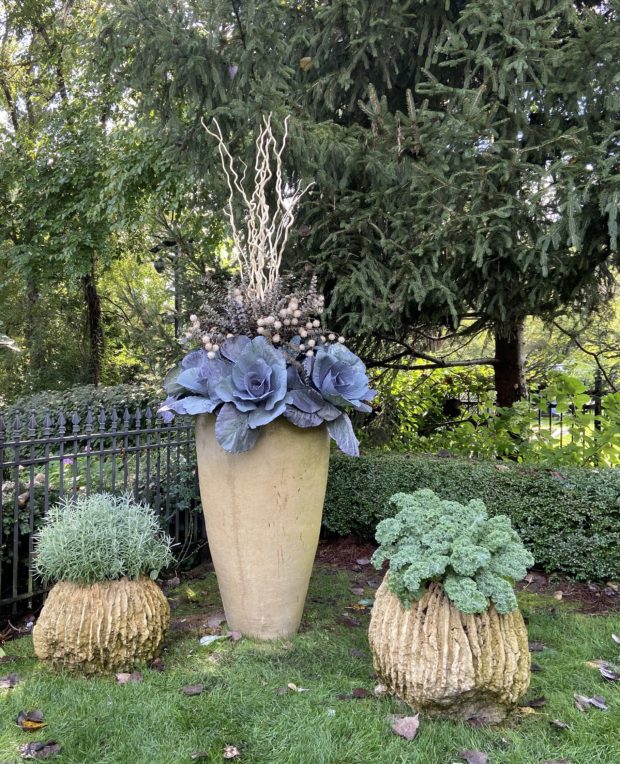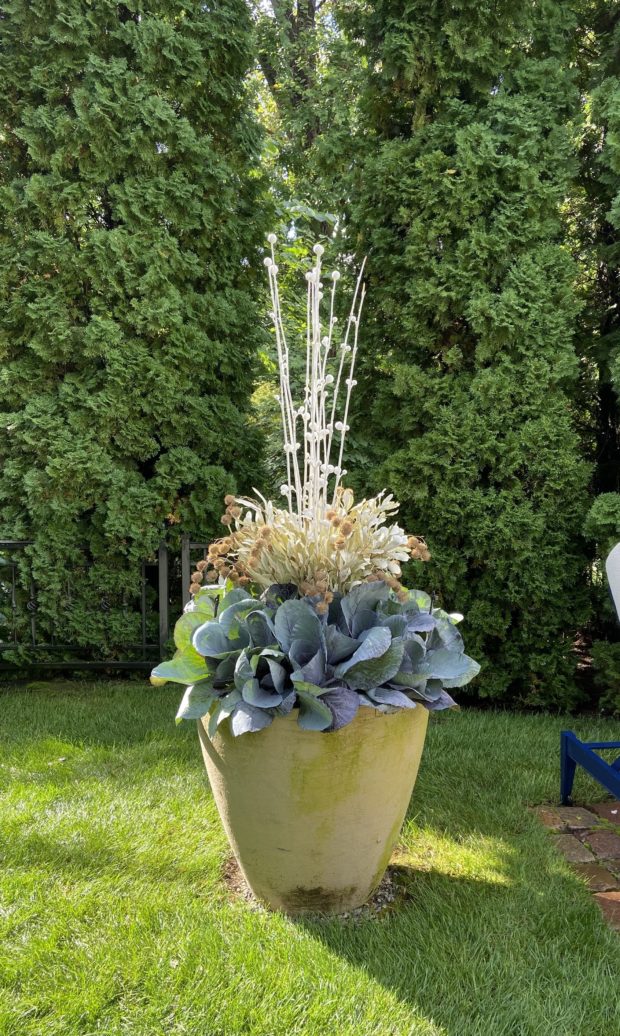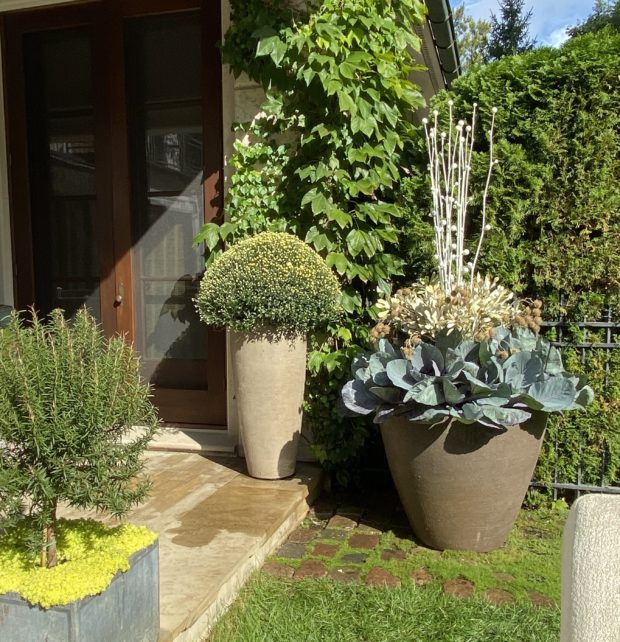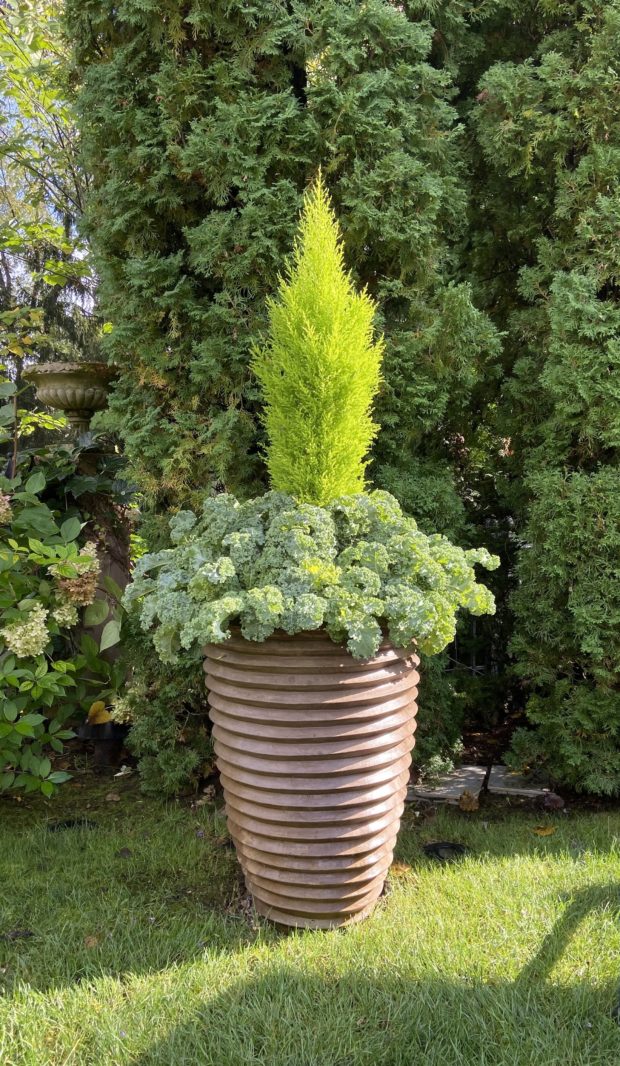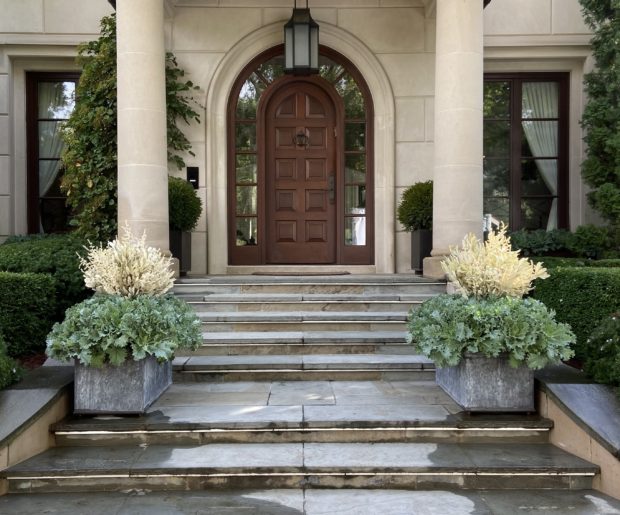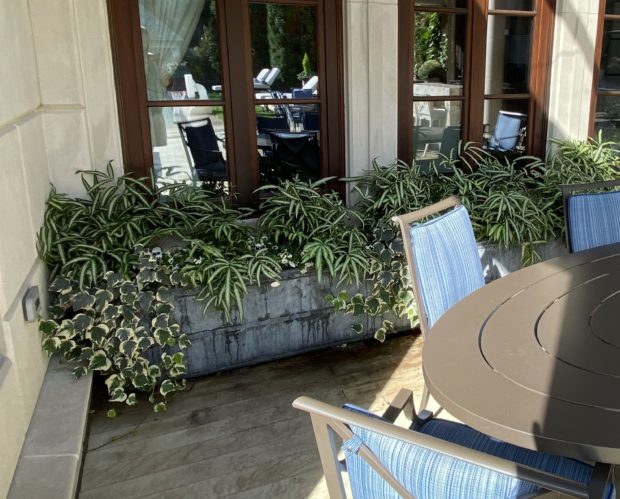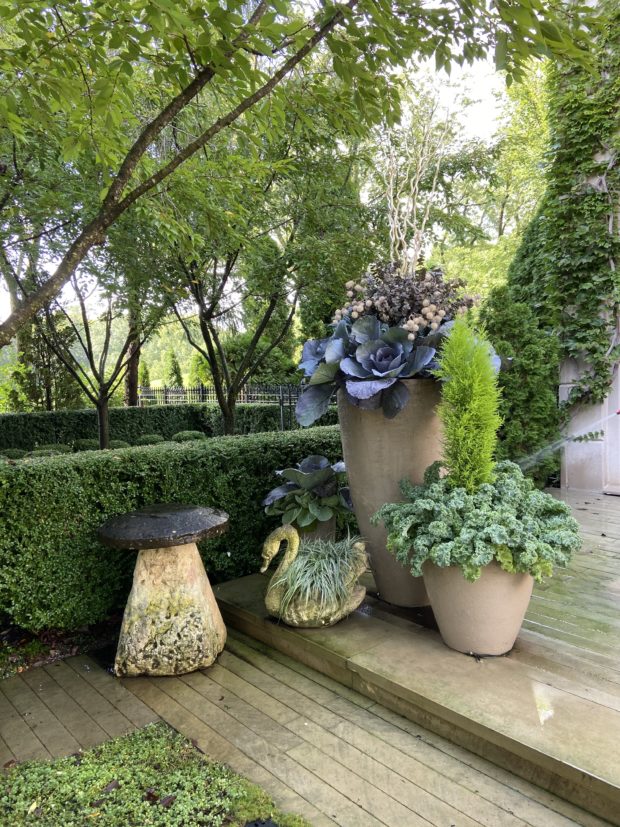 The benchmark of our winter and holiday season is the seasonal lighting made available at Detroit Garden Works. Any current year’s collection becomes available towards the end of October. We measure all else we offer for winter gardens to clients by the effort we make to have something of value available to light the landscape. Providing for some light is never more urgent than it is in the winter months. The daylight hours are few, and mostly gray. That night that starts in the afternoon, and persists late into the following morning asks for intervention.
The benchmark of our winter and holiday season is the seasonal lighting made available at Detroit Garden Works. Any current year’s collection becomes available towards the end of October. We measure all else we offer for winter gardens to clients by the effort we make to have something of value available to light the landscape. Providing for some light is never more urgent than it is in the winter months. The daylight hours are few, and mostly gray. That night that starts in the afternoon, and persists late into the following morning asks for intervention.
 Rob Yedinak is entirely responsible for anything lighted we have to offer the winter landscape. He not only buys a variety of lighting materials, but he imagines and fabricates light sculptures from those materials. What he manages, to the delight of any gardener facing the dark days to come, is an engaging answer. His best known effort is a collection of steel circles wound round with LED string lighting. These light rings come in two versions. One style of hoop can be hung from a stout tree branch or pergola. It can be laid flat in a birdbath or pot. It could be hung against a wall or a garden gate. The hanging hoops come with multi strand jute rope. That jute helps to disguise the wire at the end of the light strand. It is a very simple and beautifully made lighted sculpture.
Rob Yedinak is entirely responsible for anything lighted we have to offer the winter landscape. He not only buys a variety of lighting materials, but he imagines and fabricates light sculptures from those materials. What he manages, to the delight of any gardener facing the dark days to come, is an engaging answer. His best known effort is a collection of steel circles wound round with LED string lighting. These light rings come in two versions. One style of hoop can be hung from a stout tree branch or pergola. It can be laid flat in a birdbath or pot. It could be hung against a wall or a garden gate. The hanging hoops come with multi strand jute rope. That jute helps to disguise the wire at the end of the light strand. It is a very simple and beautifully made lighted sculpture.
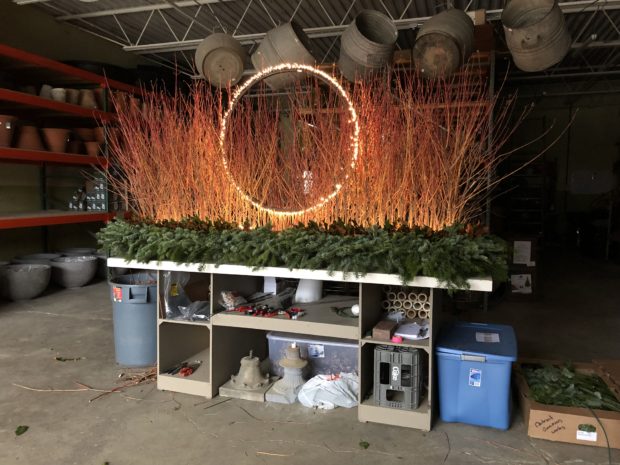 A later incarnation provided a four pronged steel base which enabled the ring to be securely installed in a pot, or in the ground. A free standing lighted sculpture, if you will. The above picture illustrates a 3 foot diameter ring installed as an integral part of a winter window box at the shop. Every element of that arrangement is stuffed into a dry floral foam base. I was interested that the lighted hoop be an integral part of the arrangement. A hoop on four legs made it easy to evenly sink those legs into to the foam base, and stuff branches, magnolia and evergreen boughs all around it. The very best part of this process is the ability to construct the arrangement in a warm and dry space.
A later incarnation provided a four pronged steel base which enabled the ring to be securely installed in a pot, or in the ground. A free standing lighted sculpture, if you will. The above picture illustrates a 3 foot diameter ring installed as an integral part of a winter window box at the shop. Every element of that arrangement is stuffed into a dry floral foam base. I was interested that the lighted hoop be an integral part of the arrangement. A hoop on four legs made it easy to evenly sink those legs into to the foam base, and stuff branches, magnolia and evergreen boughs all around it. The very best part of this process is the ability to construct the arrangement in a warm and dry space.
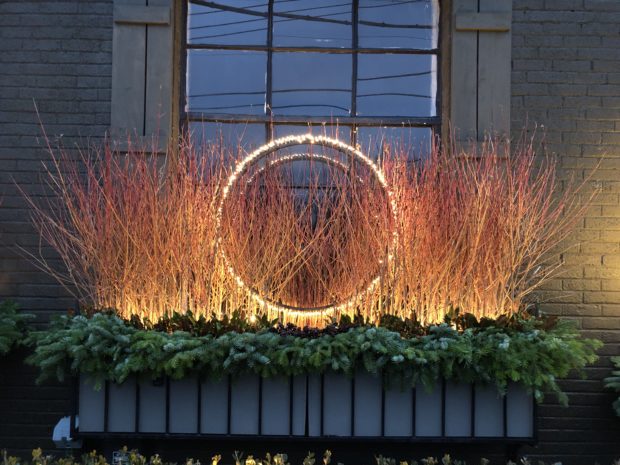 Though we glue several layers of foam sheets together, that foam has no strength. It can hold hundreds of stems, and the spiked legs of the light ring securely. But unsupported, that foam will break. During the construction phase, it sits on top of a piece of plywood. We slide the arrangement off the plywood into the container just like a cookie coming off a baking sheet. This process does require very careful measuring to insure a good fit.
Though we glue several layers of foam sheets together, that foam has no strength. It can hold hundreds of stems, and the spiked legs of the light ring securely. But unsupported, that foam will break. During the construction phase, it sits on top of a piece of plywood. We slide the arrangement off the plywood into the container just like a cookie coming off a baking sheet. This process does require very careful measuring to insure a good fit.
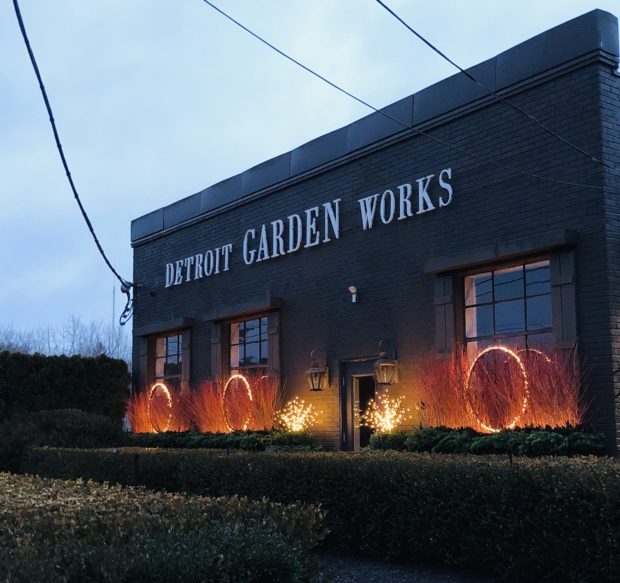 But the big story here is how Rob’s spiked and lighted hoops look at night. They appear to float over the arrangement. Thought we covered the foam with light strings before we stuck the branches into the foam, those circles of light are as distinctive as they are satisfying. They stand out from the glow.
But the big story here is how Rob’s spiked and lighted hoops look at night. They appear to float over the arrangement. Thought we covered the foam with light strings before we stuck the branches into the foam, those circles of light are as distinctive as they are satisfying. They stand out from the glow.
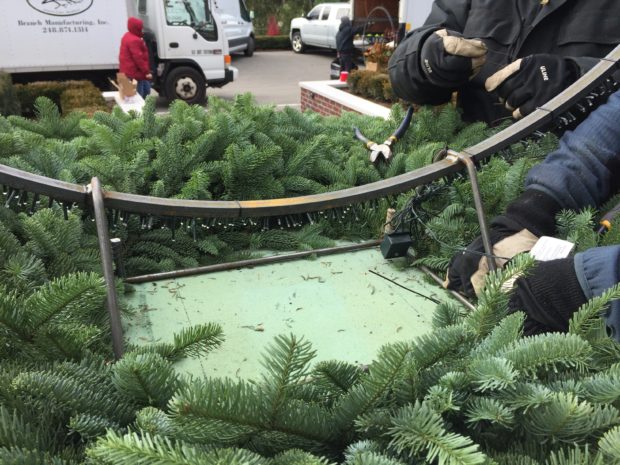 This picture clearly illustrates the standing mechanism. The base is securely welded to the ring. This is a very large ring, so the spikes that go into the soil are wired to 4 pieces of rebar that go deep in to the container.
This picture clearly illustrates the standing mechanism. The base is securely welded to the ring. This is a very large ring, so the spikes that go into the soil are wired to 4 pieces of rebar that go deep in to the container.
 This lighted hoop is 5 feet in diameter. It does a terrific job of highlighting the centerpiece During the day, that steel hoop is very sculptural. The light rings add a whole other dimension to a winter container arrangement. The LED lights draw very little in the way of electricity. We have clients who run them in their garden all year round. To follow are as collection of pictures of winter arrangements featuring the hoops. If I had a mind to make just one winter gesture in the garden, I would hang or spike one in a spot where I could see all winter. It is a lot of look in a small and durable package.
This lighted hoop is 5 feet in diameter. It does a terrific job of highlighting the centerpiece During the day, that steel hoop is very sculptural. The light rings add a whole other dimension to a winter container arrangement. The LED lights draw very little in the way of electricity. We have clients who run them in their garden all year round. To follow are as collection of pictures of winter arrangements featuring the hoops. If I had a mind to make just one winter gesture in the garden, I would hang or spike one in a spot where I could see all winter. It is a lot of look in a small and durable package.
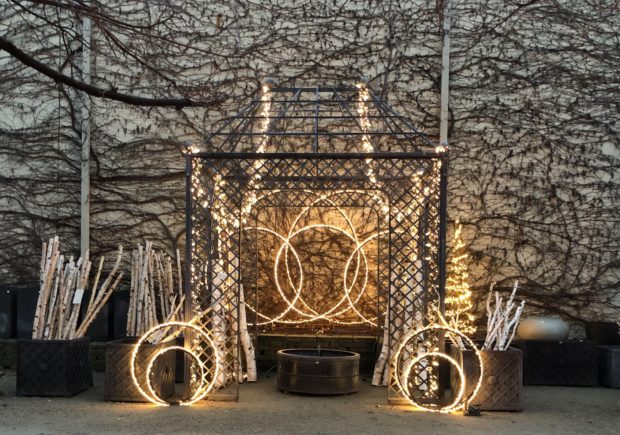 Why am I writing about lighted hoops for winter containers in October? Jackie has been steadily shipping them out all over the country for the past 3 weeks. Whether you are local or far away from the Works, if you have a mind to hoop it up this winter, you may want to contact her now. Jackie@detroitgardenworks.com. Further interested in sizing and pricing? Lighted hoops from Detroit Garden Works
Why am I writing about lighted hoops for winter containers in October? Jackie has been steadily shipping them out all over the country for the past 3 weeks. Whether you are local or far away from the Works, if you have a mind to hoop it up this winter, you may want to contact her now. Jackie@detroitgardenworks.com. Further interested in sizing and pricing? Lighted hoops from Detroit Garden Works


